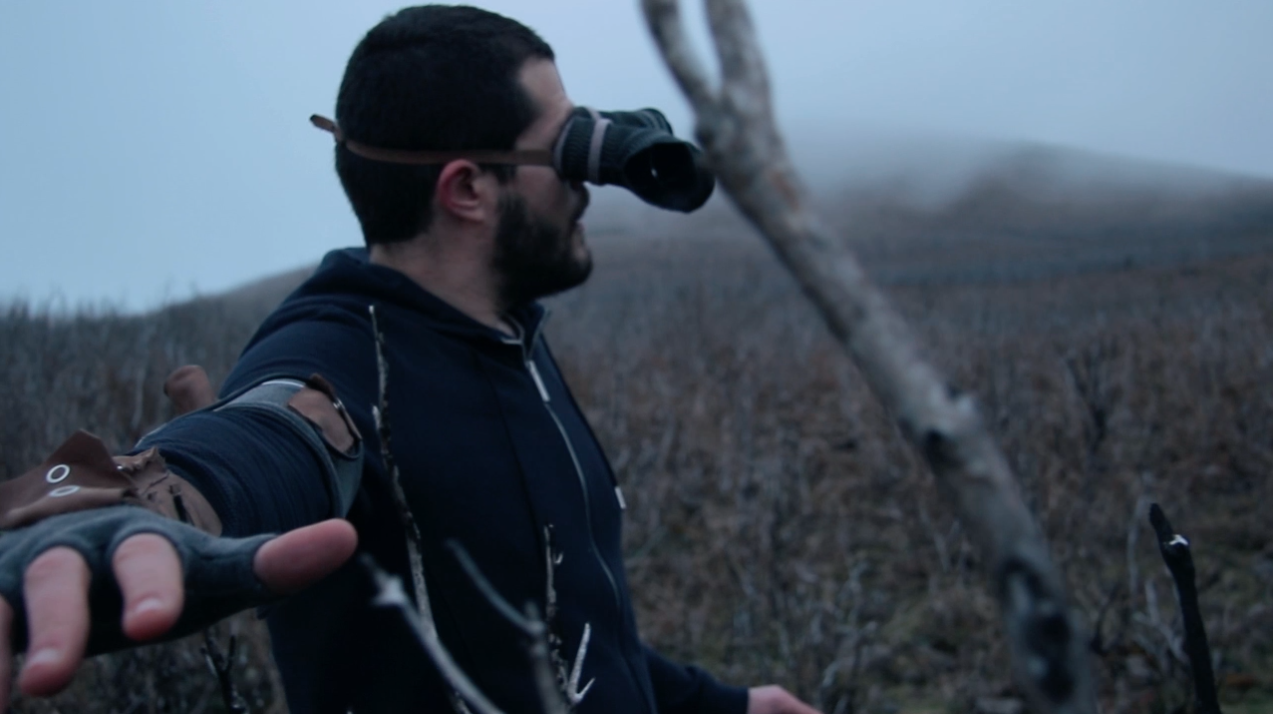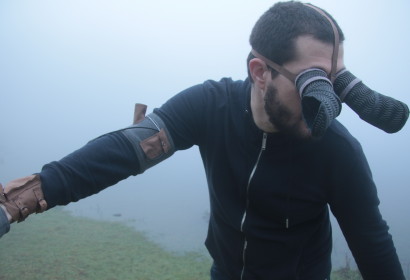
June 1, 2020
Sussex Humanities Lab
17:00 CET
Attendance is free and open to all; please register here.
Jonathan Reus and Sissel Marie Tonn will be giving an artist talk about their ongoing project Sensory Cartographies online together with Shannon Mattern at the Sussex Humanities Lab on Monday June 1st.
When humans experience an environment, our bodies are constantly working at filtering vast streams of sensory impressions to make sense of the world. This filtration is not only an evolutionary development, but is also a learned process of culturally conditioned attention.
At its very core, our perception of being in a place is neither universal nor neutral. From hand-drawn maps and coordinate systems to LIDAR and GPS – spatial technologies codify aspects of the world and expand the scale of our senses and memory. However, as Jennifer Gabrys points out, sensors (and mapping technologies) do not merely record information about an environment – they also generate new environments and environmental relations. The artistic project Sensory Cartographies is a response to these themes.
Together, Jonathan Reus and Sissel Marie Tonn, work on multidisciplinary artworks that explore alternative ways of knowing the land to counter the ubiquitous “top down”, “observe and control” impulse. Rather than placing the human in the position of overseer, our methods scramble the hierarchies between human, non-human, technological and ecological.
Sensory Cartographies is a collaboration between composer Jonathan Reus and artist-researcher Sissel Marie Tonn. The Sensory Cartographer seeks to explore extreme and information-rich environments; developing an understanding of these spaces through mediated forms of attention and mindfulness towards physiological, psychological and cognitive movements. We create wearable technologies and neuro-sensory attunement instruments that attempt to renegotiate techniques of cartography, collection, categorization and navigation originating the in colonial “golden age” of botany, drawing a line between these impulses to categorise nature to modern measurement and monitoring technologies. A living document of this work can be found at researchcatalogue.net.

